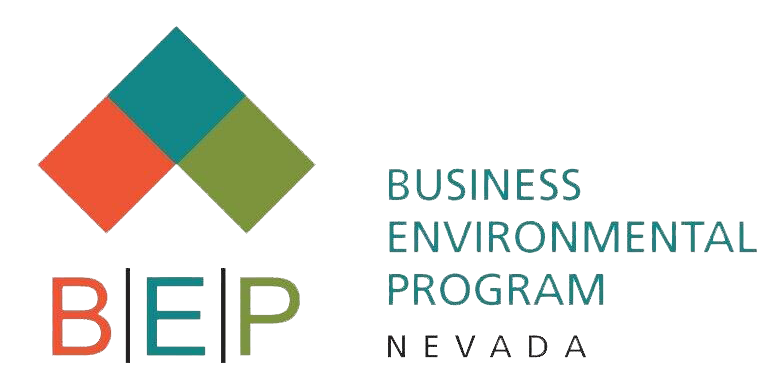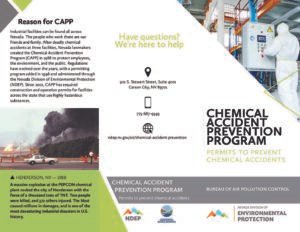Nevada COVID-19 Updates
Updated Nevada COVID-19 Roadmap to Recovery As of May 1st, Nevada’s Roadmap to Recovery mitigation measures are transitioning to local authority. Visit nvhealthresponse.gov to review the county plans endorsed by the COVID-19 Mitigation and Management Task Force. Nevada OSHA Updated COVID-19 Guidance for Businesses On May 14th, Nevada OSHA revised their COVID-19 Guidance for Business Operations to to be consistent with the new CDC guidelines issued May 13th. The measures contained in the guidance are required of each business and should be applied to all employees of that business.

